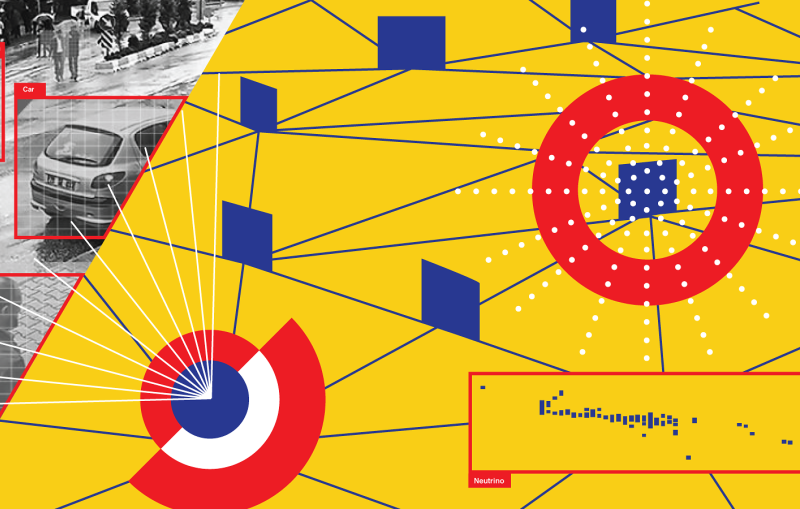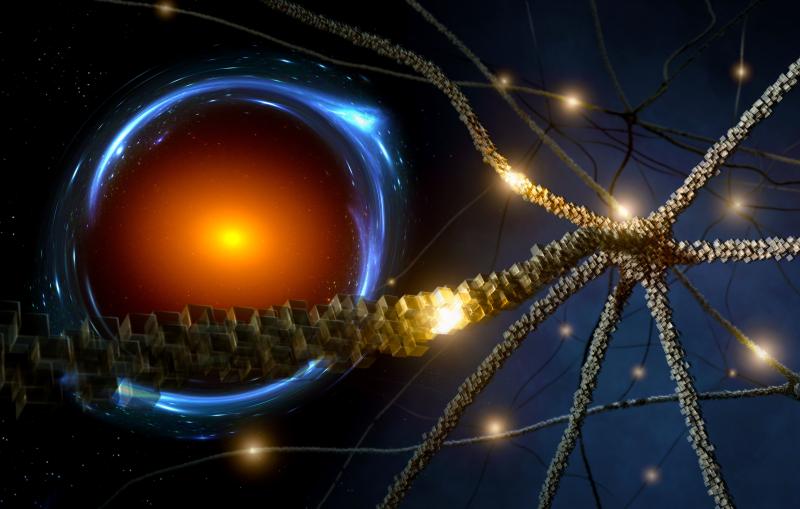

Illustration
KIPAC scientists have for the first time used artificial neural networks to analyze complex distortions in spacetime, called gravitational lenses, demonstrating that the method...

Artificial intelligence (AI) simply means intelligence in machines, in contrast to natural intelligence found in humans and other natural organisms. Machine learning involves systems that automatically learn from the data they analyze and the results they obtain to improve their ability to work with that data in the future.


KIPAC scientists have for the first time used artificial neural networks to analyze complex distortions in spacetime, called gravitational lenses, demonstrating that the method...
